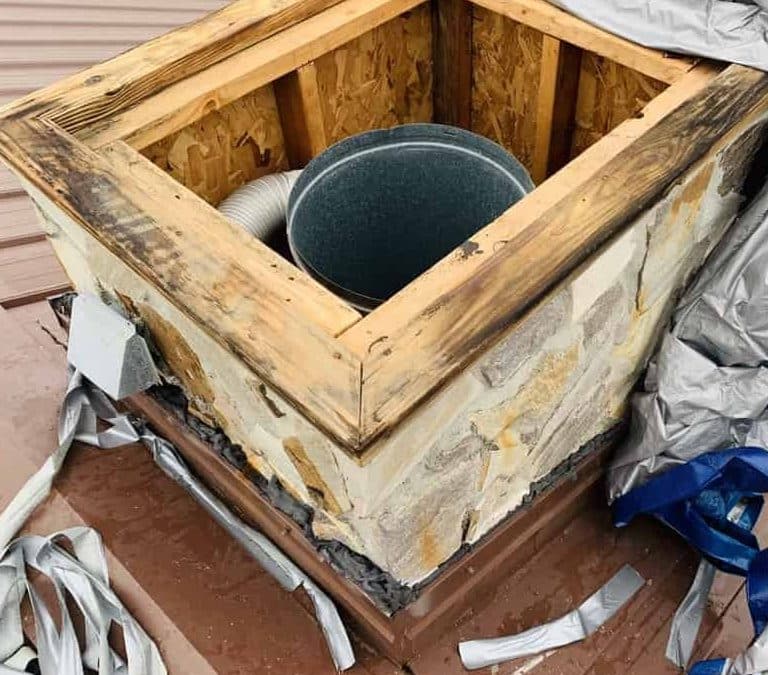Think about your chimney and all its components right now. Do you know the exact state of all these elements? Do you know where damage or breakdown is starting? What about signs of serious damage? If you’re like most homeowners, you can’t answer each of these questions with any certainty. So what should you do? You should contact the only person who can answer these questions: a professional chimney company. Chimneys – particularly those connected to wood-burning fireplaces – perform a critical job. They allow interior air to get into the fireplace, thus sustaining a fire, and then provide a channel to draw smoke and toxins out of the burn area and into the outside air. A perfectly sound chimney will do its job perfectly. A chimney that is damaged or has components that are in disrepair will not operate properly and can pose a danger to the house and those living in it. Seven common types of damage found during a chimney inspection
Brick and Mortar Deterioration in Your Chimney
After many years of use, the brick and mortar that comprises the chimney structure can begin to deteriorate. Early signs include cracks and crumbling, which can let in water, which will speed up the deterioration process. Freeze/thaw cycles cause water to expand and break apart the once-sound structure.
Stains on the Chimney Exterior
White staining usually comes from salts left behind by water evaporation. This water maybe just on the outside of the chimney, or it may have gotten into the structure. Black stains likely mean there is excess soot in the chimney that needs to be cleaned out. There are other possible types of chimney staining, and they all should be examined by a professional.
Buildup of Creosote
Wood smoke creates a substance called creosote, which clings to and builds upon the inner surfaces of chimneys. Excessive buildup can cause an air-flow obstruction. Any amount of creosote presents a potential fire risk as the substance is highly flammable. A trained chimney sweep can perform a thorough cleaning to remove creosote and soot buildup.
Damaged Chimney Crown
The chimney crown is the concrete layer at the top of the chimney that protects the bricks and mortar below it from rain damage. Crowns can crack and deteriorate over time, and when that happens, the less-stable bricks and mortar can begin taking in rainwater, leading to damage as noted above.
Flashing Problems
The flashing around the exterior of the chimney where it connects with the roof can become warped or otherwise damaged, giving water a clear path to travel down into the building materials of the house.
Faulty Dampers
A damper that won’t fully open or close will cause an air-flow problem during a fire and will let outside air into the home (and vice-versa) when a fire isn’t burning. Dampers can be cleaned, or replaced, if necessary.
Rusted Chimney Cap
The chimney cap, which covers the opening of the chimney to protect against debris, small animals, and water, can become rusted and then deteriorate. A damaged chimney cap should be replaced or repaired. These are just seven of the elements focused on during a professional chimney inspection. If it’s been a while since you had your chimney looked at, call SootMaster at 888-768-0818 to arrange for a thorough inspection. We proudly serve several locations including – the Florida Panhandle, Alabama, and the Gulf Coast of Mississippi. You can also find your local SootMaster here.

